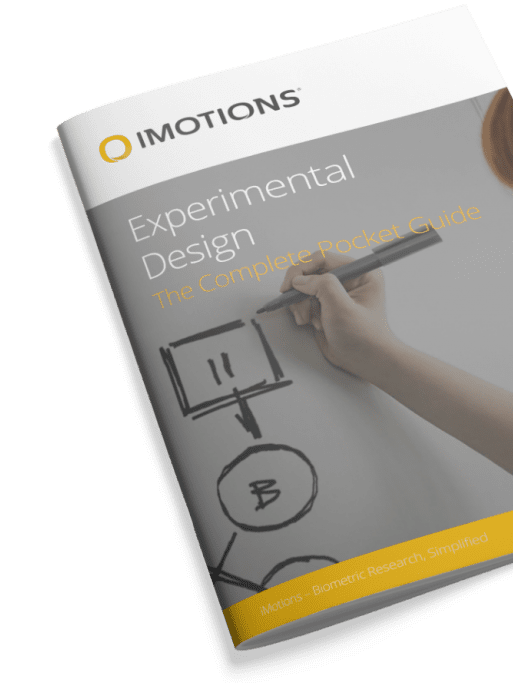Facial Expression Analysis, as the name suggests, measures expressions expressed overtly on the face. It automates the process of measuring changes in the facial muscles. While a combination of facial expressions (like smiling with cheek raise) may hint at underlying emotions such as joy, emotions are more complex than what we show on our faces. If the smile is rooted in genuine joy, but the joy we show on our faces is only a display, or conclusion, of context-dependent emotions. We are not joyful because we show it on our faces, we show joy because we feel it.
What we express on our faces is guided by culture-specific display rules, rules we learn from our culture about what emotions are appropriate to express in what context. Furthermore, how expressive people can be, either exuberant, restrained, or somewhere in between, can be a matter of training – actors can be expressive on cue and rarely display true emotions in their jobs. Thus, there are already a lot of sources of individual variability in facial expressions and how we display them, making their relation to underlying emotions that people might be feeling, that much tougher to tease apart.
Complex emotions like love and trust become even more nuanced to analyze. Chances are that you use the same facial muscles to express love towards your partner on date nights, as you do towards your dog when you play fetch. But, even if we restrict “love” to a specific context, for example, attraction during a date, the individual variability is still huge.

The two people involved in the social interaction above, still differ drastically in how and when they express their attraction to one another. Do they flirt by smiling at jokes, do they roll their eyes and then laugh, or do they press their lips and furrow their brows? How does the other person react to each of these facial expressions and how do their expressions change in turn?
Even in this narrowed definition of attraction in a single social context, which is but a small part of the deep love we feel for the people around us, creating a ‘facial expression of attraction’ seems next to impossible. To assume that studying only the muscle movements on the face will be enough to study something so deep, individualized, context-dependent, and variable is oversimplifying human experience.
So, if at all possible, how can we measure love? The most important thing here is to define your research question as we did above. What does love encompass, which part of it would we like to measure, and in what context? It is also important to understand the many dimensions of the construct being measured in order to find the specific aspect you want to research.
Love is a complex emotion, both in life and to measure. As we all know, complex questions often require complex solutions. In the example of the two people on the date we mentioned above, we may need to expand the study in order to get a broader perspective. For example, we may want to add heart rate data to measure stress response, data from galvanic skin response to quantify the butterflies in people’s stomachs or maybe eye-tracking to measure where and how attention is directed.
At iMotions, we are not experts on love, but we are experts in emotions and how to measure them, and a multimodal approach is definitely the way to go.
Last but not least, remember to share your research and report how you conducted it so other people can replicate your work.
After all, one study alone cannot decipher something as profound as love.
Free 44-page Experimental Design Guide
For Beginners and Intermediates
- Introduction to experimental methods
- Respondent management with groups and populations
- How to set up stimulus selection and arrangement












